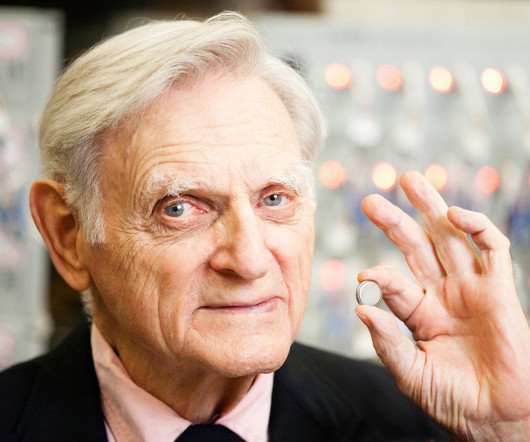Remembering Lithium-Ion Battery Pioneer John Goodenough
Cars That Think
JULY 13, 2023
Goodenough , one of the inventors of the lithium-ion battery, died on 25 June at age 100. He probably is best known for developing the lithium cobalt oxide cathode in 1980—which became the foundation for Sony’s first commercial lithium-ion battery in 1991. His first was lithium cobalt oxide.



















Let's personalize your content